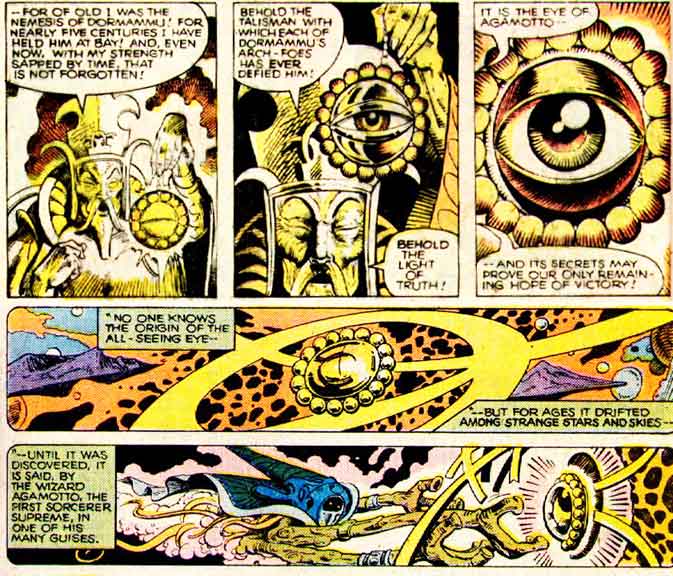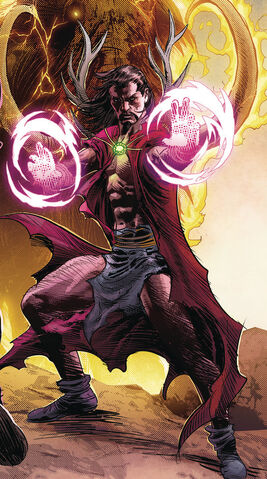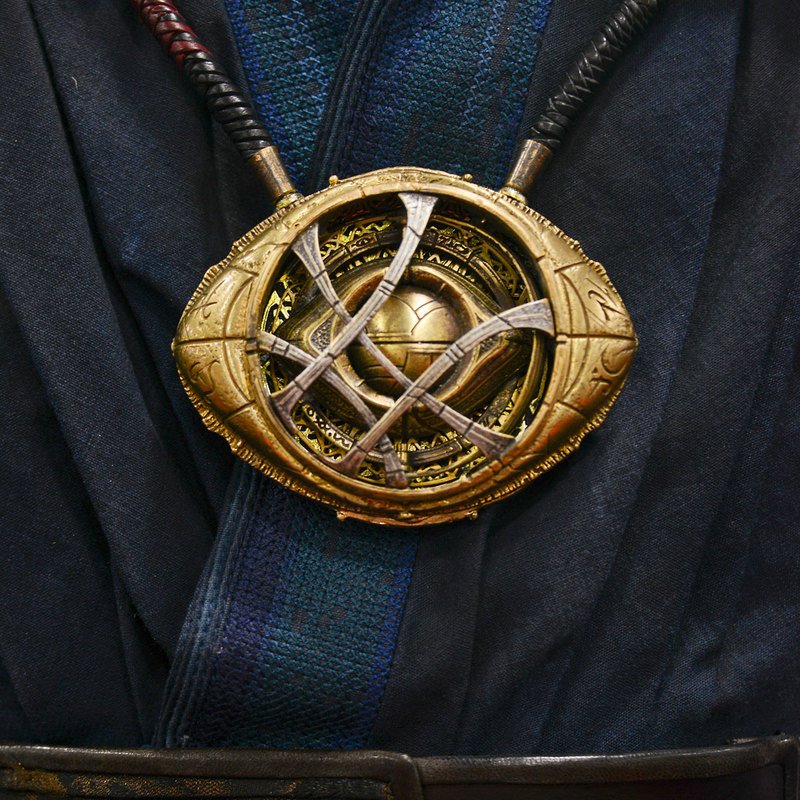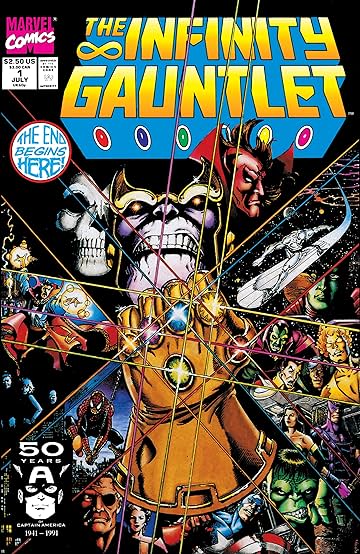WEEK BEGINNING: 10th of December, 2018
WEEK ENDING: 16th of December, 2018
[DISCLAIMER: I missed some of this week for personal reasons. Sessions I missed will not be covered in depth.]
MONDAY - (absent) Sketchbook Project introduction, After Effects Workshop
Blog posts: https://ncarolannua1b.blogspot.com/2018/12/sketchbook-project-introduction.html
- I've found through the brief and other people who attended what this project entails. The blog post I have for this project is just brief notes on what I need to do; I won't be writing about what happened in the session.
- The After Effects workshop was continuing our "Guess the Movie" morphing animations.
TUESDAY - (absent) Narratology: Proppian Fairytales
<to be added>
THURSDAY - After Effects continuation
Blog post: https://ncarolannua1b.blogspot.com/2018/12/animation-principles-iteration-1.html
- I started my movie prop morphing animation after missing the session where everyone else had started.
SUMMARY
This wasn't a great week for me, but it had nothing to do with university. I've fallen behind a bit with work from both last week and this week, and my head space isn't too good at this point. I feel like, given my circumstances, that's understandable.
I was able to get a little bit of work done this week for my morphing animation, but I got frustrated at it very quickly. Nothing worked how I wanted it to, and the fact I was working in a program I already wasn't getting along with didn't help either. I'm going to have to give myself a little bit of time to be in the right head space to work on this animation further, because I feel like continuing at this point would just make me give up a lot faster.
The Narratology presentation isn't really speaking to me this time around. Looking at fairytales and a lot of the rules that go into making one aren't really what I'm interested in. Again, I'm not in the best headspace at the moment, so I'm probably going to give myself some time and make sure I'm 100% ready to look back and focus on the presentation I missed.

